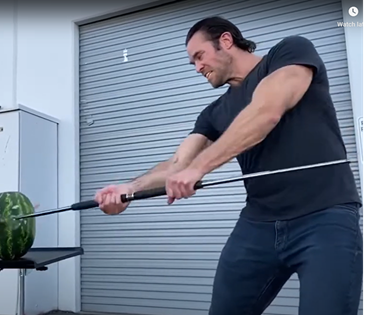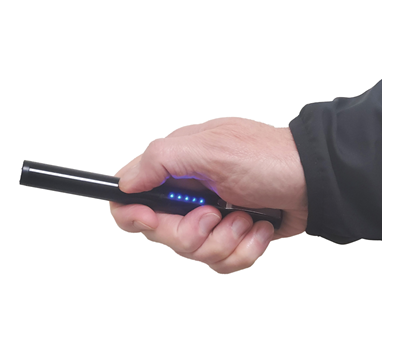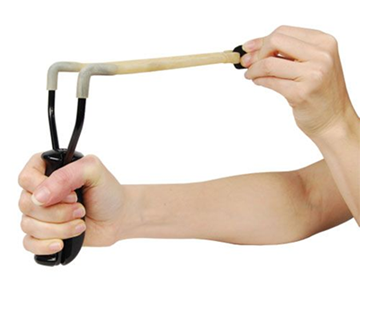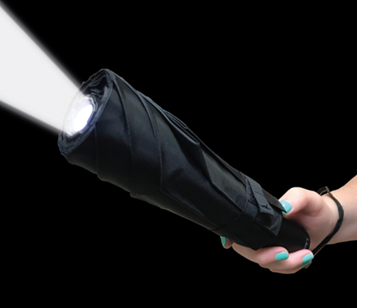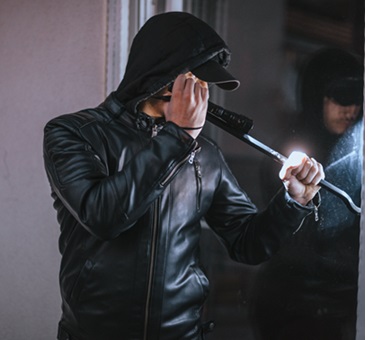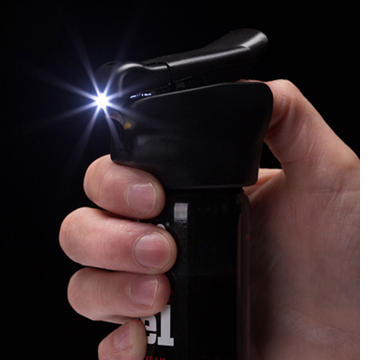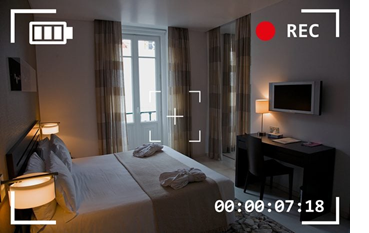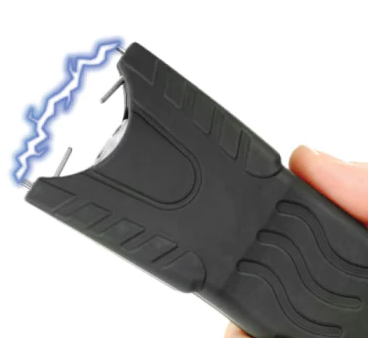Cellphone Video Evidence in Court: What You Need to Know
 The use of cellphones to record video evidence has become increasingly prevalent in recent years. With many people carrying a cellphone equipped with a camera at all times, video footage of incidents that might have gone undocumented in the past can now be captured and potentially used as evidence in court. However, the admissibility of cellphone video evidence in court is not always straightforward and depends on a variety of factors.
The use of cellphones to record video evidence has become increasingly prevalent in recent years. With many people carrying a cellphone equipped with a camera at all times, video footage of incidents that might have gone undocumented in the past can now be captured and potentially used as evidence in court. However, the admissibility of cellphone video evidence in court is not always straightforward and depends on a variety of factors.
One of the key issues surrounding the use of cellphone video evidence in court is authenticity. In order for video evidence to be admissible in court, it must be genuine and unaltered. This means that the court must be able to confirm that the video was recorded when and where it is claimed to have been recorded and that it has not been tampered with in any way.
To establish authenticity, the person who recorded the video may be required to testify in court, and the court may also ask for additional evidence to support the authenticity of the video. For example, the court may request metadata from the video, such as the date, time, and location of the recording, which can help to confirm that the video is genuine.
Another issue that can arise with cellphone video evidence is the quality of the video. In some cases, the quality of the video may be poor, making it difficult to see or hear what is happening in the footage. This can make it more challenging for the court to determine what actually occurred in the incident being captured on video.
Additionally, the court may question the credibility of the person who recorded the video. For example, if the person has a history of lying or has a personal interest in the outcome of the case, the court may be less likely to trust the video evidence they have provided.
There are also legal issues surrounding the use of cellphone video evidence in court. In some cases, recording a video may be considered illegal, such as if the recording was made without the knowledge or consent of the person being recorded. In these cases, the video may not be admissible in court, and the person who recorded it may also face legal consequences.
In some jurisdictions, the admissibility of cellphone video evidence may be limited by specific laws or court rules. For example, in some states in the US, cellphone video evidence may only be admissible if it was obtained through a warrant or with the consent of all parties involved in the recording.
Ultimately, the decision of whether or not to admit cellphone video evidence in court will depend on the specific circumstances of each case. The court will consider factors such as the authenticity and quality of the video, as well as any legal issues surrounding its recording and admissibility.
Despite the challenges associated with cellphone video evidence, it can be a powerful tool in the courtroom. In cases where no other evidence is available, a well-documented cellphone video may be the key piece of evidence that helps to determine the outcome of a case.
For example, in the case of George Floyd, the video footage recorded by a bystander on their cellphone played a crucial role in the conviction of former police officer Derek Chauvin for the murder of George Floyd. The video provided a clear and unambiguous record of the events leading up to George Floyd's death, which was crucial in establishing the sequence of events and the role that Derek Chauvin played in his death.
In summary, cellphone video evidence can be a valuable tool in the courtroom, but its admissibility depends on a variety of factors. To be admissible, the video must be genuine and unaltered, and the court must be able to establish its authenticity. Additionally, legal issues surrounding the recording of the video may also affect its admissibility. Ultimately, the decision of whether or not to admit cellphone video evidence in court will depend on the specific circumstances of each case.


